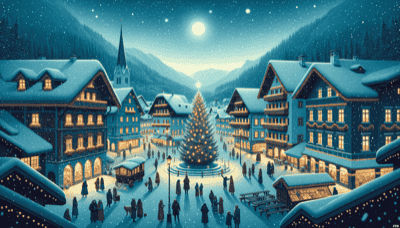We're here to help you keep count of the days to or since a date. Just click the button below and enter your chosen date to get started. Also choose the suggested days or search for a special day above #countingthedays

Date: Typically falls on April 14th or 15th, depending on the ancient horoscope "Maha Songkran".
History: Khmer New Year, also known as Choul Chnam Thmey in the Khmer language, marks the end of the harvest season. It's a time when farmers enjoy the fruits of their labor before the rainy season begins. Rooted in Buddhist traditions and influenced by the ancient Hindu calendar, it signifies the end of a year and the beginning of a new one.
Traditions and Activities:
Leung Sakk: The third day is known as Leung Sakk. This is a day when Cambodians perform cleansing ceremonies to wash away any bad things and misfortune from the old year and to welcome good luck and happiness for the New Year.
Bathing Buddha Images: In temples, people ceremonially pour water over Buddha statues for blessings and to honor their ancestors.
Paying Respect to Elders: Younger family members often use this occasion to show respect to their elders by washing their feet with perfumed water, seeking forgiveness for past wrongs, and receiving blessings in return.
Traditional Games: Communities engage in traditional games. These may include "bos angkunh" (a game using fruit seeds), "leak kanseng" (a twisted cloth game), and various forms of traditional dances.
Feasting: As with most celebrations, there is an abundance of food. People prepare special dishes and sweet treats that they share with family, friends, and neighbors.
Khmer New Year is a time rich in cultural significance where Cambodians reaffirm their cultural values by engaging in various ceremonial activities and social games that have been passed down through generations. It's a festive period of joyous reunions, reflection on the year gone by, and hopeful anticipation for what lies ahead.